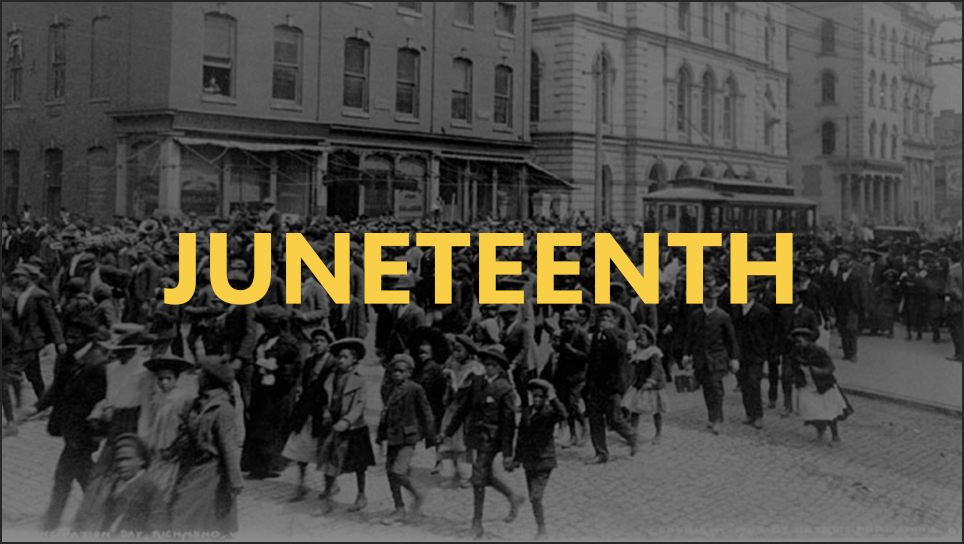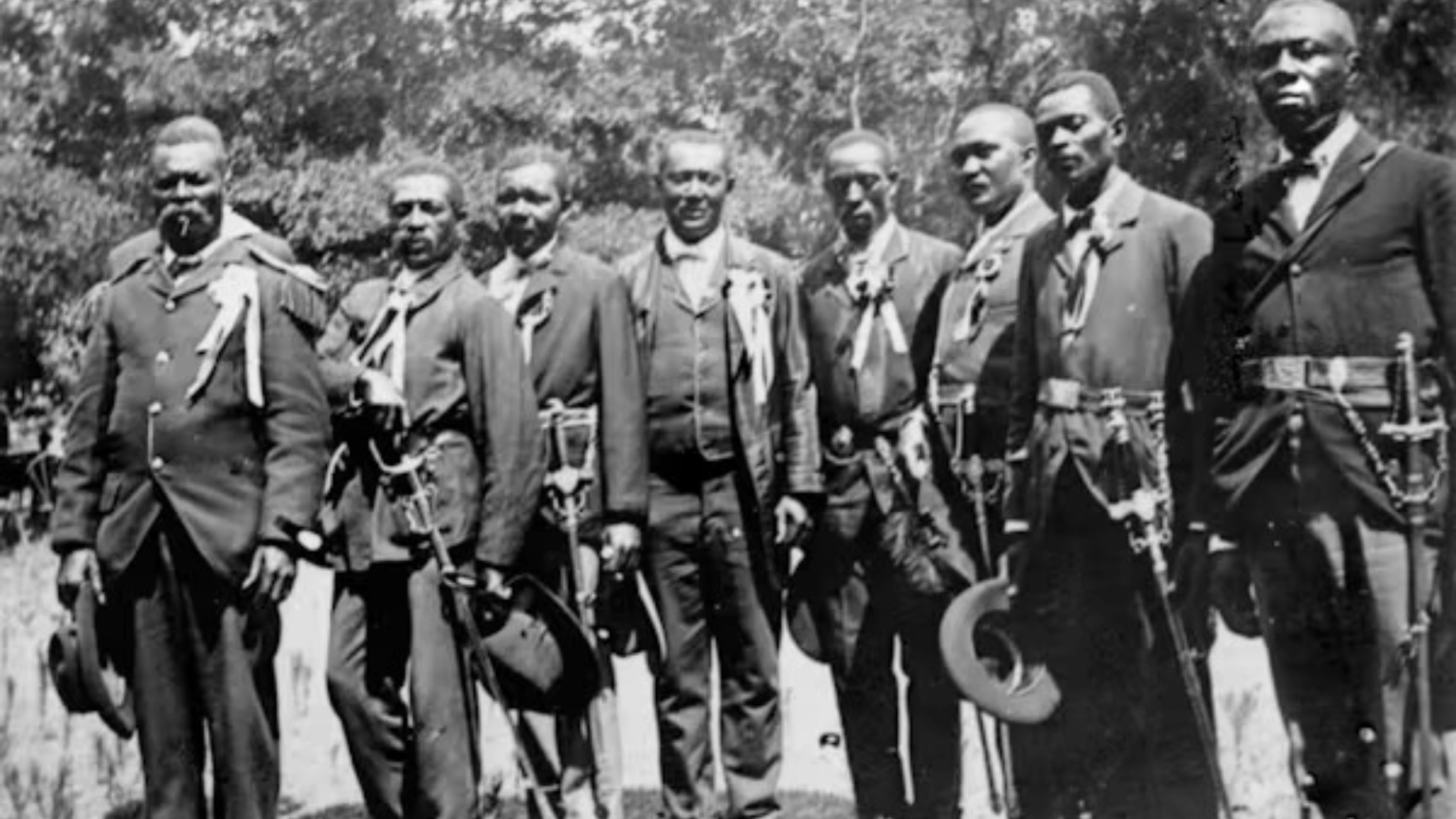Meaning and History of the Juneteenth Flag
The flag we see today is the work of artist Lisa Jeanne Graf, who modified the original Juneteenth flag created in 1997 by Ben Haith, the founder of the National Juneteenth Observance Foundation (NJOF).
The Juneteenth flag is red, white, and blue. We see the same colors as the USA flag to acknowledge that formerly enslaved people and their descendants are Americans. There is an arc across the flag, symbolizing a new horizon and hope for the future. The star at the flag’s center is a nod to Texas, the Lone Star State, where Juneteenth was first celebrated. The burst outlining the star suggests a new star, a new beginning. The date of the first Juneteenth (June 19, 1865) is often added to the flag, as well.
Reflection
Hope and Freedom
Both the Juneteenth flag and Joshua’s proclamation in Joshua 24:15 reflect a choice. The flag symbolizes the choice of formerly enslaved people and their descendants to embrace their American identity and a future of hope. Similarly, Joshua’s proclamation is a powerful statement of choosing to serve God, with a particular emphasis on leading his household in devotion to Him. This reflects not only individual faith but also the importance of a family united in faith. The flag’s imagery of a new horizon and new star parallel Joshua’s call to choose a new way of serving, indicating a conscious and resolute decision to move forward, with family, and define their future together in devotion to God.
“Choose this day whom you will serve… but as for me and my house, we will serve the Lord.”
Joshua 24:15 NRSV
Facts About Juneteenth
What was Ben Haith's primary motivation or vision in designing the Juneteenth flag?
Ben Haith’s primary motivation was to create a unifying visual symbol for the Juneteenth celebration across the United States. He envisioned a flag that would clearly articulate the meaning of Juneteenth and serve as a powerful emblem to elevate the holiday’s recognition and significance.
What is the historical significance or meaning behind each symbol and color on the Juneteenth flag?
Each element of the Juneteenth flag carries significant meaning:
- Red, White, and Blue: These colors signify that Juneteenth is an American holiday and that the formerly enslaved people and their descendants are Americans.
- The White Star: It represents Texas, the last state where enslaved people were informed of their freedom, and also symbolizes the freedom of enslaved African Americans across the entire United States.
- The Red Burst (or “Nova”): This symbolizes a new beginning for African Americans, representing the “bursting forth” into freedom and new opportunities.
- The Curved Line (or Arc): This represents a new horizon and new possibilities for African Americans, signifying the journey from bondage to freedom and the promise of a brighter future.
What are the distinct historical origins of the Juneteenth flag and the Pan-African (or Black Liberation) flag?
The Juneteenth flag was created in 1997 by Ben Haith and the National Juneteenth Celebration Foundation.
The Pan-African flag (also known as the Black Liberation Flag, UNIA Flag, or Marcus Garvey Flag) was created in 1920 by Marcus Garvey and the Universal Negro Improvement Association and African Communities League (UNIA).
What are the distinct symbolic meanings of the Juneteenth flag compared to the Pan-African flag?
The Juneteenth flag focuses on freedom, new beginnings, and the American identity of formerly enslaved people, using colors (red, white, and blue) that connect it to the United States flag.
The Pan-African flag uses different colors to symbolize specific aspects of global Black identity and struggle: Red for the blood shed for liberation, Black for the people of African descent, and Green for the natural wealth of Africa and the promise of growth and prosperity. Its meaning is tied to a broader movement for Black self-determination and solidarity, rather than a single historical event.
Are there any instances where the meanings of the Juneteenth flag and the Pan-African flag might overlap or diverge?
Yes, there are instances of both overlap and divergence:
- Overlap: Both flags serve as powerful symbols of Black liberation, pride, and the ongoing struggle for freedom and recognition for people of African descent. You may see both displayed in modern celebrations as they contribute to the broader narrative of Black history and empowerment.
- Divergence: The primary divergence lies in their scope and specificity. The Juneteenth flag is highly specific to the American experience of emancipation from chattel slavery. The Pan-African flag has a broader, global scope, representing the unity and liberation of all people of African descent, regardless of their specific national history. The Juneteenth flag represents a singular, pivotal moment in American history, while the Pan-African flag represents a continuous, worldwide movement.


